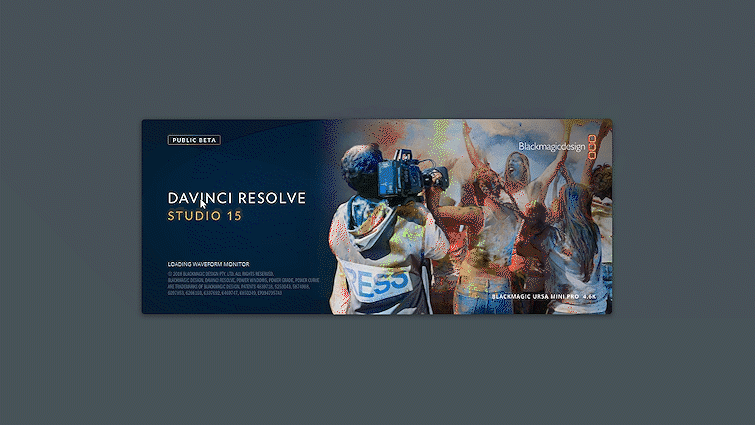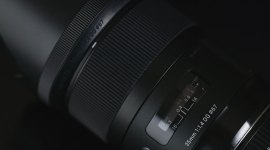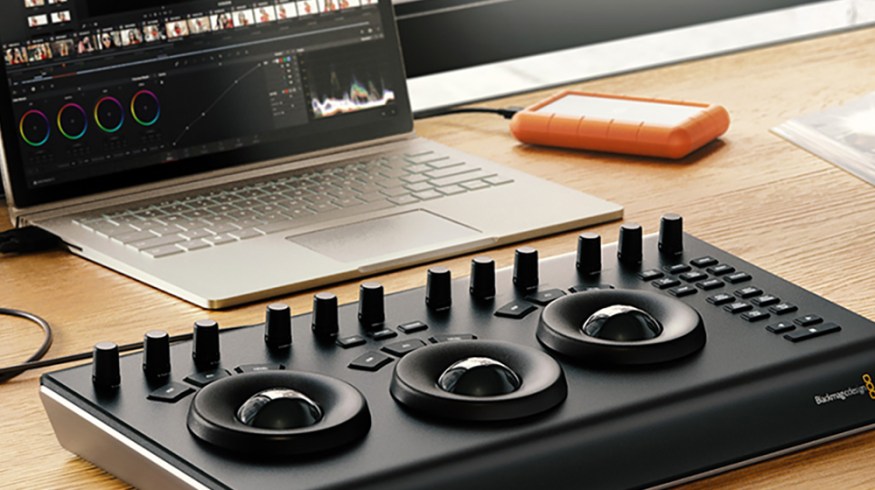
The Digital Imaging Technician’s Tool Kit — Gear for the Job
Learn what gear professional digital imaging technicians keep in their kits, and check out some affordable ideas for your own.
Cover image via Blackmagic.
The role of the Digital Imaging Technician is equal measures creative and technical. In this article, we will dig through some of the gear professional DITs bring to their jobs, and look at some options to make an effective professional DIT kit as affordably as possible.
For organization’s sake, I will break down the key components of the DIT kit into three categories: gear (or hardware) essential for the execution of job-related tasks, software for the same purpose, and some equipment to make you more comfortable on the job.

Image via Ekkaphan Chimpalee.
Gear
A computer is the most essential piece of DIT hardware. In film production, DITs often use heavy-duty computers mounted in racks. While this is especially useful for handling and processing massive raw footage, modern laptops can fairly competently handle much of the necessary work, albeit much slower. Not all laptops are created equal, however. Careful selection is important if you are serious about working professionally as a DIT.
There are four primary specs to consider when selecting:
- Intel i7 or higher CPU (or similar AMD Ryzen configuration)
- Dedicated graphics card
- As much RAM as you can afford
- The best possible screen with excellent color accuracy
Dell, Acer, and ASUS all make great options for around $1,000. Do your research on their screens, however, as most have poor color accuracy. If you are on the tightest budget, consider an external camera monitor. You can find a small, portable monitor for cheap and simply connect it to your laptop for a great color-accurate monitoring solution.
At the time of this writing, I don’t recommend a Macbook Pro. A sufficiently powered machine will start at $2,000, and even at that price tag, you are foregoing a dedicated GPU.
Connectivity
The first part of the DIT’s job is transferring and archiving footage from camera media to redundant storage. This means that you need as many high-speed USB ports available on your computer as possible to accommodate all of the storage devices — as well as all the various types of media being recorded on set.
Always have at least one powered USB 3.1 hub on set, and try to have a backup. This is especially important if you go for a cheaper option. These fail all the time, so be prepared. As with any purchase, do your research, and see what other people are saying about the hubs you’re considering. (Anker makes really solid and reliable hubs, so go with them if you can’t decide.)
Color Panel
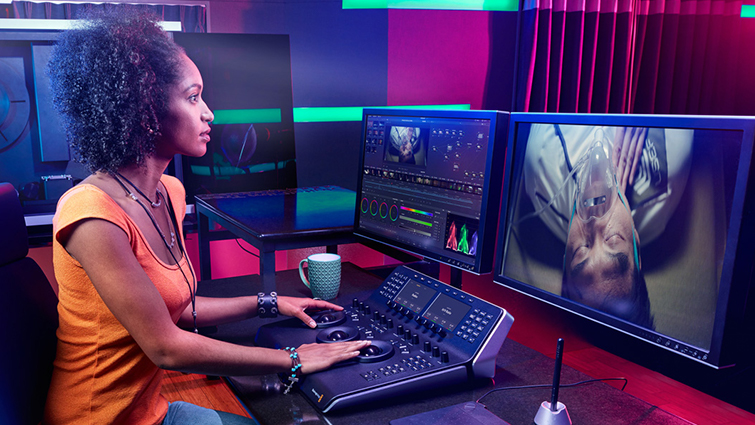
Image via Blackmagic.
Color panels are fairly pricey and can seem (at first) rather non-essential. But ask any colorist or DIT why they use them, and you’ll start to get a sense for why they are vital for quickly dialing in looks on set.
A good color panel will allow you to use both hands to simultaneously make adjustments, and they have hardware buttons, wheels, and dials for every tool you need to perform a primary grade. Additionally, professional grading programs are designed for use with these panels, with only secondary consideration given to mouse-and-keyboard users.
Color panels give you a massive advantage, especially in a situation when the director and DP are halting the shoot to watch over your shoulder to make sure a scene cuts together visually.
Speed and precision are the most important skills in the DIT’s kit, so select tools that enhance your ability to quickly accomplish your objective.
Radios

Image via JHK2303.
You will never go wrong with a set of decent two-way radios in your kit, regardless of your job on set. This is especially important on smaller, independent sets when the crew is small. Radio communication between you and the camera department will rapidly streamline the back-and-forth of card transfers and imaging advice from the camera department.
Software

Image via Blackmagic.
With the hardware basics covered, let’s take a look under the hood and see what software we will need for essential DIT duty.
NLE

Image via recklessstudios.
This first one is pretty straightforward. An editing program is essential for cutting together dailies — as well as a myriad of other tasks. Use whichever you are most comfortable with.
Ingest
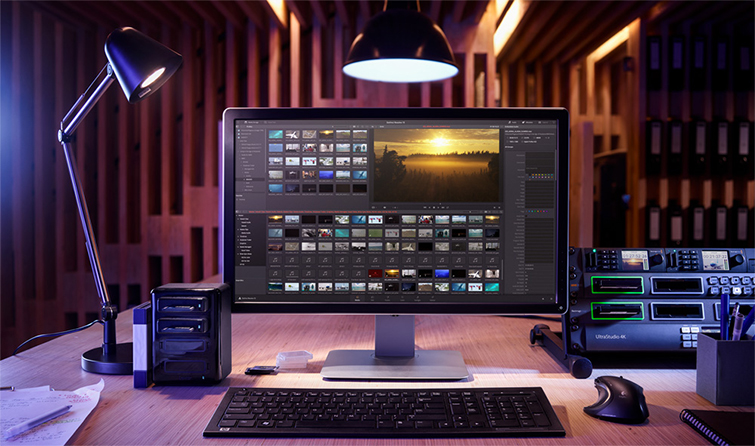
Image via Blackmagic.
Dragging and dropping files is not good enough for a DIT; they must ensure a full replication of every bit from the camera and sound media to each and every drive.
There are many programs with which accomplish this, the most common being Shotput, Parashoot, and Adobe Prelude. I won’t go too far into the weeds with the technical details, but if you’re going to use a program other than one of these, look for “MD5 (bit-for-bit) confirmation.”
Essentially, MD5 compares each bit from the source and makes sure it gets perfectly replicated to each storage device. The process is quick, usually running in the background while footage is transferring, and once complete, all that is left to do is review the text log and ensure that no errors were found. If any errors exist, immediately let the camera department know, and pull the card from shooting rotation.
Resolve
If you’re looking for an NLE-and-ingest-program rolled into one, you’re in luck. In the past three or four generations of Resolve, Blackmagic has really invested in a fully-functional NLE within their color suite. Even better, you can copy and verify your footage in the same program.
Best yet, it’s free.
Quality of Life
Now that we’ve covered our basic job responsibilities, let’s make our job as the DIT just a little bit easier.
Cart

Image via Blackmagic.
As a DIT, you cannot afford to lose any time relocating. Investing in a basic cart will not only allow you to move around as the production demands, it will also cut down on your pack-in and pack-out time — and provide a solid workspace.
USB lights and fans

Image via Mau Horng.
Sets are dark, quiet places. As a DIT, you need to handle camera and sound cards, review the script, work with cables, unplug and re-plug drives, and operate complex color panels. Do yourself a favor and invest in a few cheap USB-powered lights and a headlamp with multiple brightness settings.
On location, the air conditioning usually goes off while shooting. Quiet USB or battery-powered fans and low-power space heaters can make your life just that little bit more comfortable when things beyond your control affect your productivity.
While this is far from an exhaustive list of what’s in the kit professional DITs bring to their sets, going into your first gig as a DIT with only these items will still more than prepare you for most of the challenges you’ll face.
Looking for more industry tips and tricks? Check these out.


